27 x 18 on view
40 x 31.5 with frame
signed lower right
Beside him, we notice a striking presence, perhaps an anima (a feminine principle in Jungian psychology) or an allegorical figure. This figure seems to materialize through bright colors, notably red, yellow and blue, evoking a bird, perhaps a rooster or a phoenix. The bird can symbolize the power of life, transformation or an inner force. His raised head and dynamic posture contrast with the more sedate attitude of the young man, which may evoke a kind of duality between human tranquility and the symbolic vitality of the animal. The background is treated in an abstract way with touches of green and black vegetal colors, forming a natural, but abstract, decor that surrounds the characters without being too defined. This reinforces the impression that the scene takes place in a kind of symbolic or dreamlike world, where the boundaries between the real and the imaginary are blurred. The whole thus evokes an intimate and mystical relationship between man and nature, or between man and his inner anima, emphasizing themes of duality, metamorphosis, or spiritual contemplation.
Georges Cheyssial (1907–1997) was a renowned French painter, specializing in figure painting, genre scenes, and large decorative works. Born in Paris, he trained at the École des Beaux-Arts, where he studied under Paul Albert Laurens. His talent was quickly recognized when he won the Prix de Rome in 1932, which allowed him to continue his studies at the Villa Medici in Rome from 1932 to 1937. Throughout his career, Cheyssial exhibited at prestigious salons in Paris, including the Salon des Artistes Français and the Salon d'Automne, where he received numerous accolades. He was made an Officer of the Order of Arts and Letters and a Knight of the Legion of Honor for his significant contributions to French art. In addition to his paintings, he received several commissions for decorative works in public places, including the Palais de la Découverte in Paris, as well as in churches and universities throughout France. His style is characterized by a poetic gentleness, often imbued with realism and an introspective atmosphere.













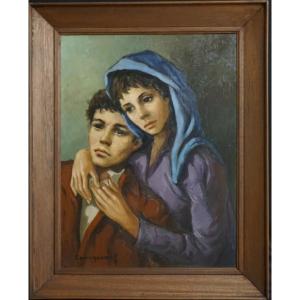
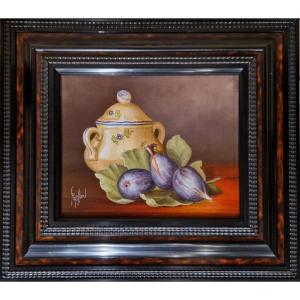


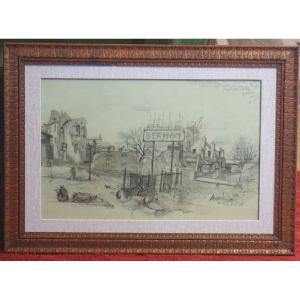



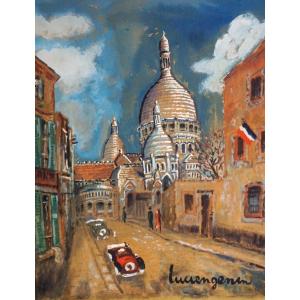



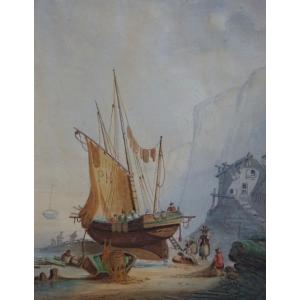

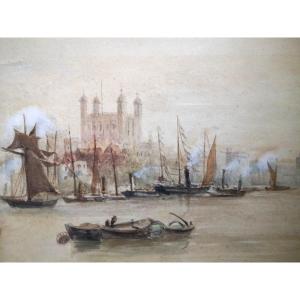
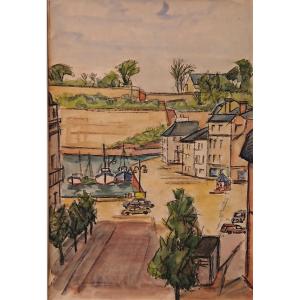
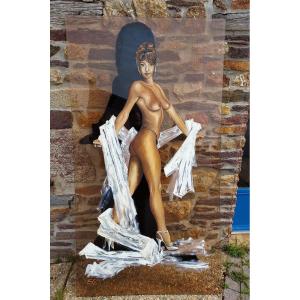
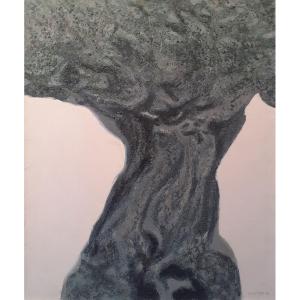
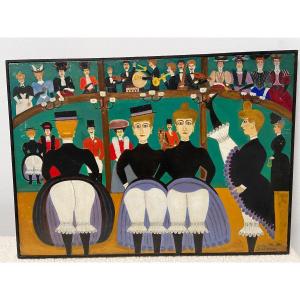
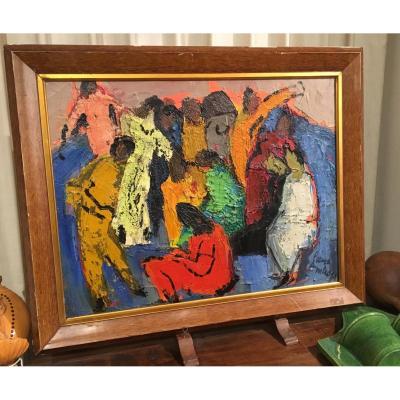



 Le Magazine de PROANTIC
Le Magazine de PROANTIC TRÉSORS Magazine
TRÉSORS Magazine Rivista Artiquariato
Rivista Artiquariato